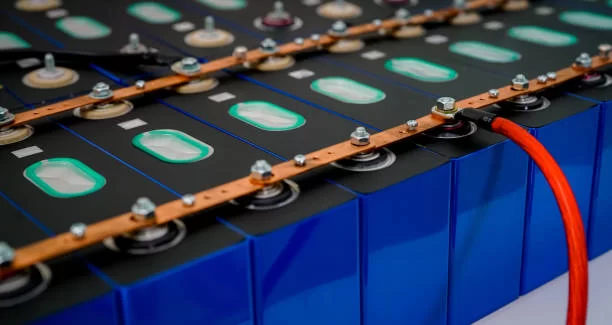5 Factors That Determine Lithium Battery Costs

In 2025, it’s more important than ever to understand why lithium battery prices are what they are. Whether you’re designing an energy storage system, EV, or solar backup, correctly predicting costs hinges on knowing what drives costs. In this article, we discuss 5 of the most important determinants of lithium battery price, using real-world data and trends to illuminate the way forward.
Lithium battery costs declined dramatically over the past decade — from over USD 1,400 per kWh in 2010 to under USD 140 per kWh in 2023 according to IEA.
That doesn’t mean the prices have stabilized yet — there are many factors that still push them up or down.
1. Raw Material Costs & Supply Chain Dynamics
Probably the single largest driver of lithium battery cost is the cost of essential raw materials: lithium, nickel, cobalt, graphite, etc. When those materials surge, battery prices follow.
- In 2022–2023, surging lithium carbonate prices generated supply tightness and cost pressure across the sector.
- In 2024, an easing in critical mineral costs helped reduce battery pack costs by about 20 % globally — the sharpest drop since 2017.
- The IEA notes that lithium prices alone dropped more than 85 % from their 2022 peak, putting downward pressure on prices.
Because materials represent 30–60 % of total battery pack cost (depending on chemistry and geography), even modest changes in raw material costs can have a profound impact on the final cost structure.
2. Chemistry and Cell Design Choices
Not all lithium batteries are created equal: cost is mainly a function of which chemistry and cell design is used.
- LFP (Lithium Iron Phosphate):less expensive and longer-lasting, but lower energy density. More EV and stationary storage systems are shifting to LFP to reduce cost.
- NMC / NCA / High-Nickel blends:higher energy density, but more expensive raw materials (nickel, cobalt).
- Cell-to-pack / cell-to-chassis architectures:These newer architectures, with reduced support components and layout optimization, reduce non-cell overhead and cost per kWh.
Therefore, two batteries of equal capacity but with a different chemistry or architecture can have significantly different costs.
3. Manufacturing Scale, Efficiency & Automation
Scale and efficiency of process have a profound effect on the cost of batteries. As volumes go up and factories become more automated, the unit costs come down.
- IEA cites that the prices of battery packs decreased by 20 % in 2024, due in part to economies of scale and margin compression.
- Benchmark Minerals highlights that electrode coating, stack assembly, and yield optimization advances have been essential cost drivers through the years.
- NREL’s updated cost projections emphasize that utility-scale battery systems benefit from the privilege of large-scale deployment, with fixed costs that can be amortized over greater capacity.
As factories adopt higher throughput, better yield, and vertical integration, the per-unit cost advantage becomes more pronounced — a factor that distinguishes mature players from others.
4. Geography, Logistics & Tariffs
The location of manufacturing and the logistics to your site also shape price significantly.
- Chinese battery pack prices fell faster in 2024 (~30 %) than in the U.S. or Europe (~10–15 %) due to local cost advantages, scale, and supply chain integration.
- Cross-border shipping of cells or packs adds cost — shipping costs, import duties, and handling can increase delivered price by 10–30 %.
- Local energy costs, labor, and regulatory burdens also impact factory cost structure.
Hence, two identical battery packs manufactured in two different countries can land at two different final prices due to these geographical disparities.
5. Warranty, Cycle Life & Product Differentiators
Beyond raw cost of production, manufacturers like to price based on performance guarantee and risk mitigation.
- A 10-year/10,000-cycle warranty battery will command a premium as the manufacturer must retain margin to cover failure risk.
- Features like fast charging, thermal management, and cell balancing systems add components and complexity — at a price.
- Brand name, after-sales support, and certification (UL, IEC, etc.) drive margins up.
Thus, two batteries with the same cell chemistry and capacity can have varying prices if one offers a superior warranty or other performance-enhancing features.
You might wonder: Will battery prices keep declining forever? Not necessarily. While oversupply of raw materials and scale economies push prices down, bottlenecks like mining constraints, geopolitical risk, and margin compression can slow or even reverse the pace. The IEA cautions that low raw material prices might discourage future investment, which could lead to future supply bottlenecks.
Being aware of these five factors — raw materials, chemistry, manufacturing scale, geography, and warranty/performance features — sets you up to objectively evaluate lithium battery price quotes. As markets mature in 2025 and beyond, these levers will continue to distinguish high-cost producers from cost leaders.
